-
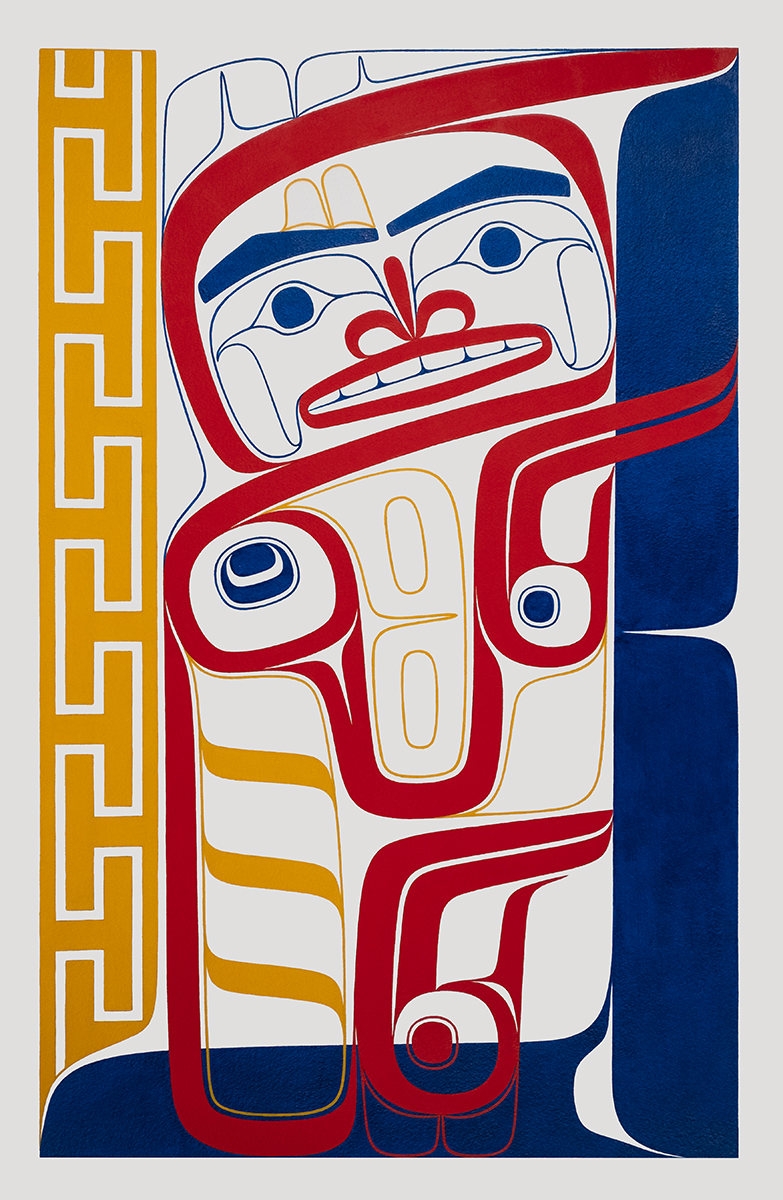 Huk Dzap – The Artist (Original Painting)Original Acrylic on Paper
Huk Dzap – The Artist (Original Painting)Original Acrylic on Paper- 30"h
- 22"w
SOLD -
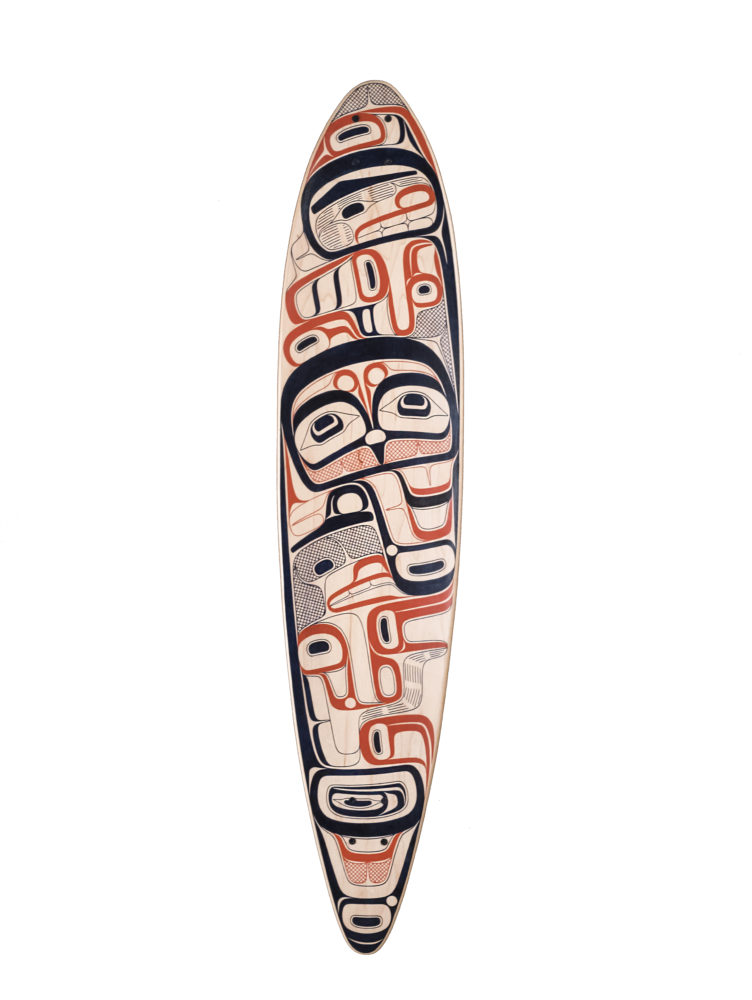 Formline On My Mind – SkateboardPainted Skate Deck with Full Trucks and Wheels
Formline On My Mind – SkateboardPainted Skate Deck with Full Trucks and Wheels- 43"h
- 9"w
- 4"d
SOLD -
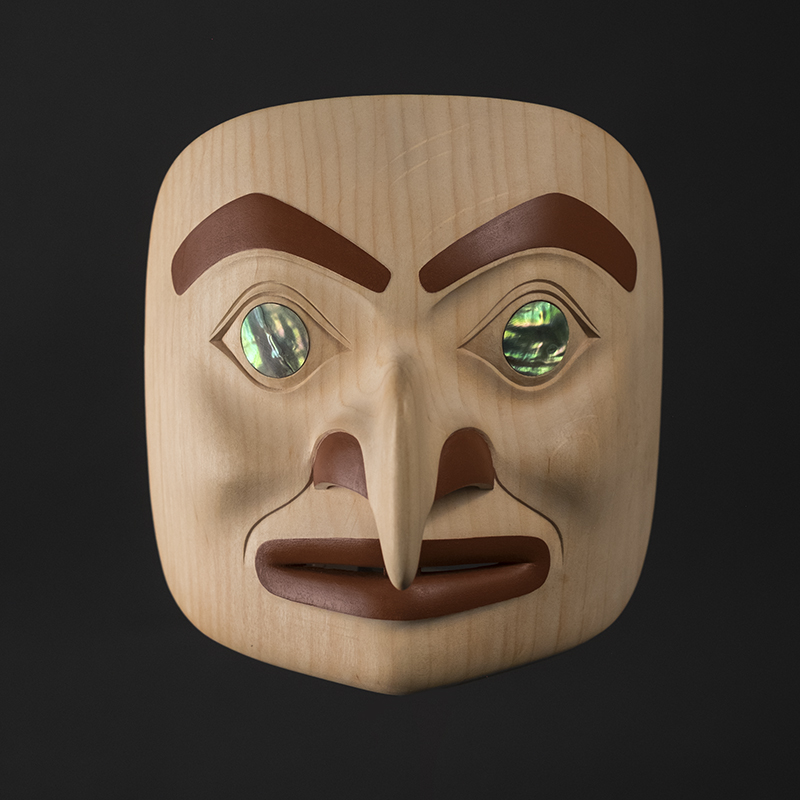 Na Haaygm P’lk’wa (The Spirit of Eagle Down)Alder, Acrylic, Abalone
Na Haaygm P’lk’wa (The Spirit of Eagle Down)Alder, Acrylic, Abalone- 6.25"h
- 6.88"w
- 3"d
SOLD -
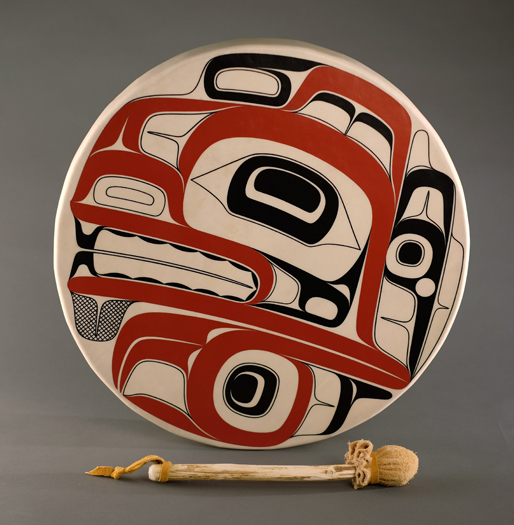 Sm’ooygidm Mediik – Chief of the Grizzly Bears Drum (with Drumstick)Deer Hide, Acrylic, Drumstick
Sm’ooygidm Mediik – Chief of the Grizzly Bears Drum (with Drumstick)Deer Hide, Acrylic, Drumstick- 19.5"h
- 19.5"w
- 2.75"d
SOLD -
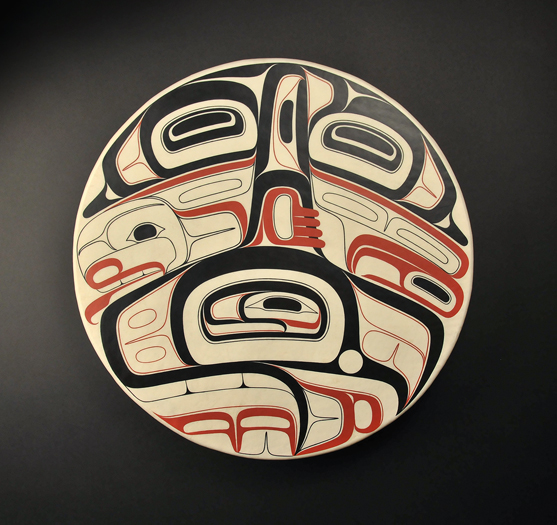 Whale Rider DrumDeer Hide, Acrylic, Leather, Wooden Beater
Whale Rider DrumDeer Hide, Acrylic, Leather, Wooden Beater- 19.5"h
- 19.5"w
- 2.38"d
SOLD -
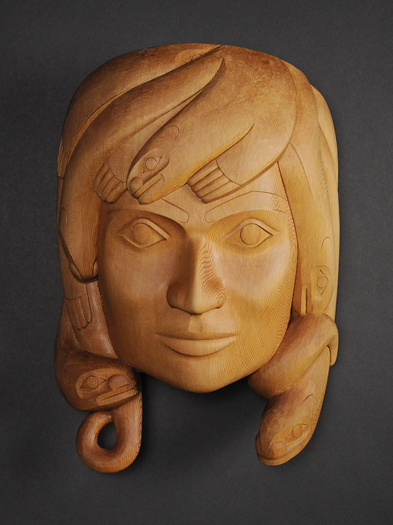 Ks’m ‘Wats’a (Land Otter Woman)Red Cedar, Tung Oil Stain
Ks’m ‘Wats’a (Land Otter Woman)Red Cedar, Tung Oil Stain- 15.50"h
- 10.25"w
- 4.50"d
SOLD -
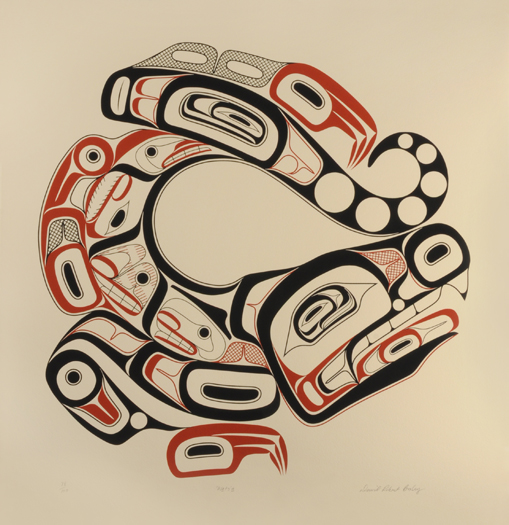 W’ats’aLimited Edition Serigraph
W’ats’aLimited Edition Serigraph- 23.25"h
- 22.25"w
SOLD -
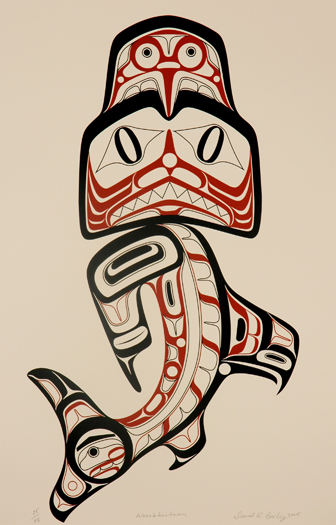 Woosheitaan (Eagle Shark)Limited Edition Serigraph
Woosheitaan (Eagle Shark)Limited Edition Serigraph- 22"h
- 14"w
SOLD -
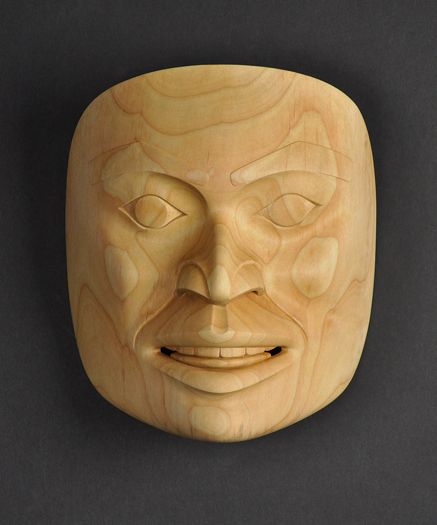 Galm Algyax / Holds the WordsAlder
Galm Algyax / Holds the WordsAlder- 9.5"h
- 7.75"w
- 4"d
SOLD
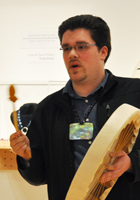
David Robert Boxley is an esteemed Ts’msyen artist from Metlakatla, Alaska. Born on July 27, 1981, David Robert is the eldest son of the renowned carver David Albert Boxley.
From a very young age David Robert was passionate and proud of his culture. David Robert began carving under the instruction of his father at six years old, and around this same time he also began to travel around the United States to assist his father in raising totem poles and teaching people about Ts’msyen culture.
As an adult, he has continued to express the love and respect he has for Ts’msyen culture through his art, cultural performance, and teaching. David Robert’s elegant design style is drawn from a strong tradition of Ts’msyen carving and design, and has been heavily influenced by the teachings of his father. Since 2009, David Robert has carved alongside Haida artist Robert Davidson, and with his guidance, David Robert has honed his craft to compare with the very best in Northwest Coast art.
In addition to carving fulltime, every year David Robert and his father lead their dance group, the Git-Hoan Dancers, in performances around North America. In addition to performing at the annual Eiteljorg Museum Indian Market and Festival in Indiana, the Git-Hoan Dancers have spent time in New York, Santa Fe, Haida Gwaii, Los Angeles, North Carolina, Vancouver, Portland, Seattle, Anchorage and Italy. He has taught S’malgyax (Ts’msyen language), Ts’msyen culture, and Northwest Coast design in his hometown of Metlakatla, as well as in Anchorage, Juneau and Seattle.
David Robert is well respected for his artistic abilities, and for being one of the most prominent Native leaders of his generation. In 1982, David Robert’s father was the first man to hold a potlatch in his village of Metlakatla in modern times. At twenty years of age, David Robert followed in his father’s footsteps by being the first of his generation to hold his own potlatch.
In 2012 he and his father carved a 22-foot totem pole for the Smithsonian National Museum of the American Indian, where it is on display in the atrium as part of their permanent collection.
